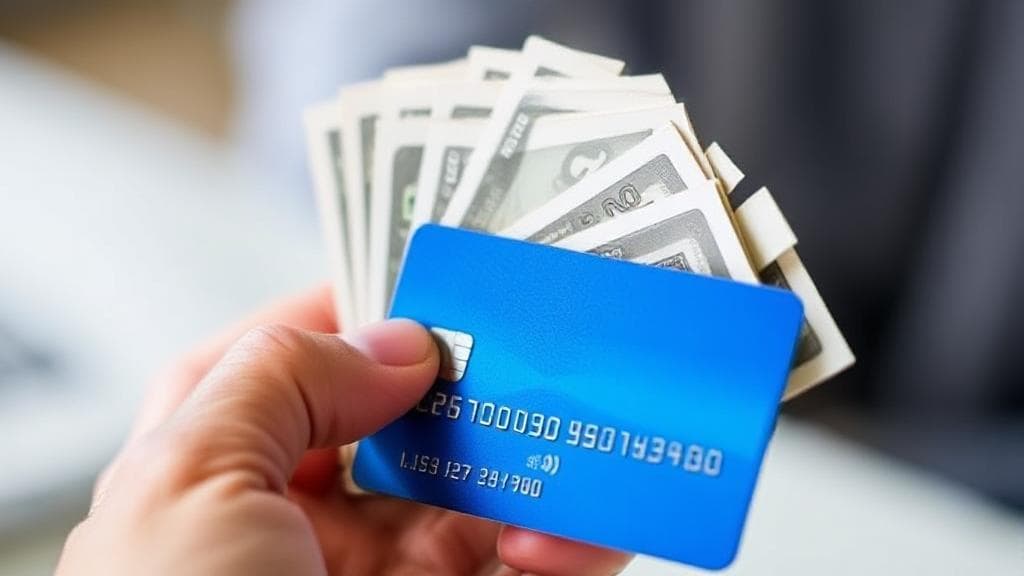What is a Cash Advance?
A cash advance is a short-term loan provided by credit card issuers, allowing cardholders to withdraw money against their credit card's line of credit. Unlike regular credit card purchases, cash advances typically start accruing interest immediately and often come with higher APRs.
Types of Cash Advances
Credit Card Cash Advances
- ATM withdrawals using your credit card
- Over-the-counter advances at your bank
- Convenience checks from your credit card issuer
Merchant Cash Advances
These are specifically for businesses and work differently from consumer cash advances. Learn more about merchant cash advances.
How Cash Advances Work
When you take out a cash advance, you're essentially borrowing against your credit card's line of credit. Here's how it works:
-
Accessing the Advance: You can obtain a cash advance through an ATM, bank withdrawal, or convenience check.
-
Fees and Interest Rates: Cash advances typically come with higher interest rates than regular purchases and often include a cash advance fee.
-
Repayment: Unlike regular credit card purchases, cash advances do not have a grace period. Interest starts accruing immediately.
The True Cost of Cash Advances
Immediate Fees
- Cash advance fee (typically 3-5% of the amount withdrawn)
- ATM or bank processing fees
- Higher interest rates (often 20-25% APR or more)
Hidden Costs
- No grace period
- Separate credit limit (usually lower than your regular credit limit)
- Potential negative impact on credit score
"Cash advances should be used only as a last resort due to their high costs and potential to create a cycle of debt." - Consumer Financial Protection Bureau
Alternatives to Cash Advances
Before opting for a cash advance, consider these alternatives:
- Personal loans (lower interest rates)
- Emergency savings
- Borrowing from family or friends
- Payment plans with creditors
- Credit counseling services
- Overdraft protection
Tips for Managing Cash Advances
If you must take a cash advance, follow these guidelines:
Short-term Plan
Protection Tips
- Read your credit card agreement carefully
- Understand all associated fees
- Calculate the total cost of borrowing
- Consider all alternatives
- Have a concrete repayment plan
Warning Signs
Be cautious if you:
- Regularly need cash advances
- Can't pay basic expenses without borrowing
- Use advances to pay other debts
- Find yourself in a borrowing cycle
For more detailed information, you can visit resources like NerdWallet, Credit Karma, or the National Foundation for Credit Counseling.
Remember that while cash advances can provide quick access to funds, they come at a significant cost and should be used sparingly. Building a strong financial foundation through budgeting, saving, and responsible credit use is the best long-term strategy for avoiding the need for cash advances altogether.
